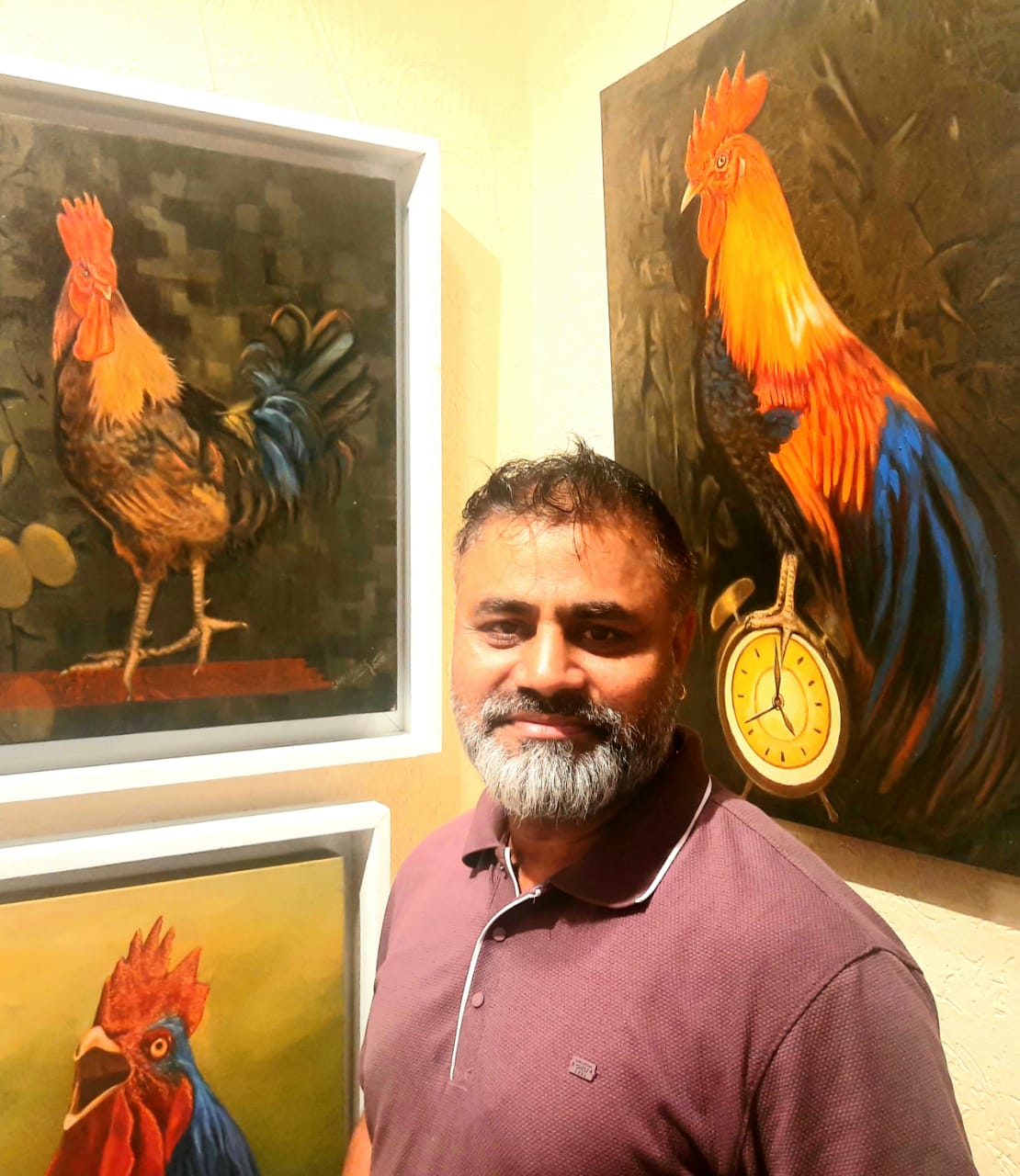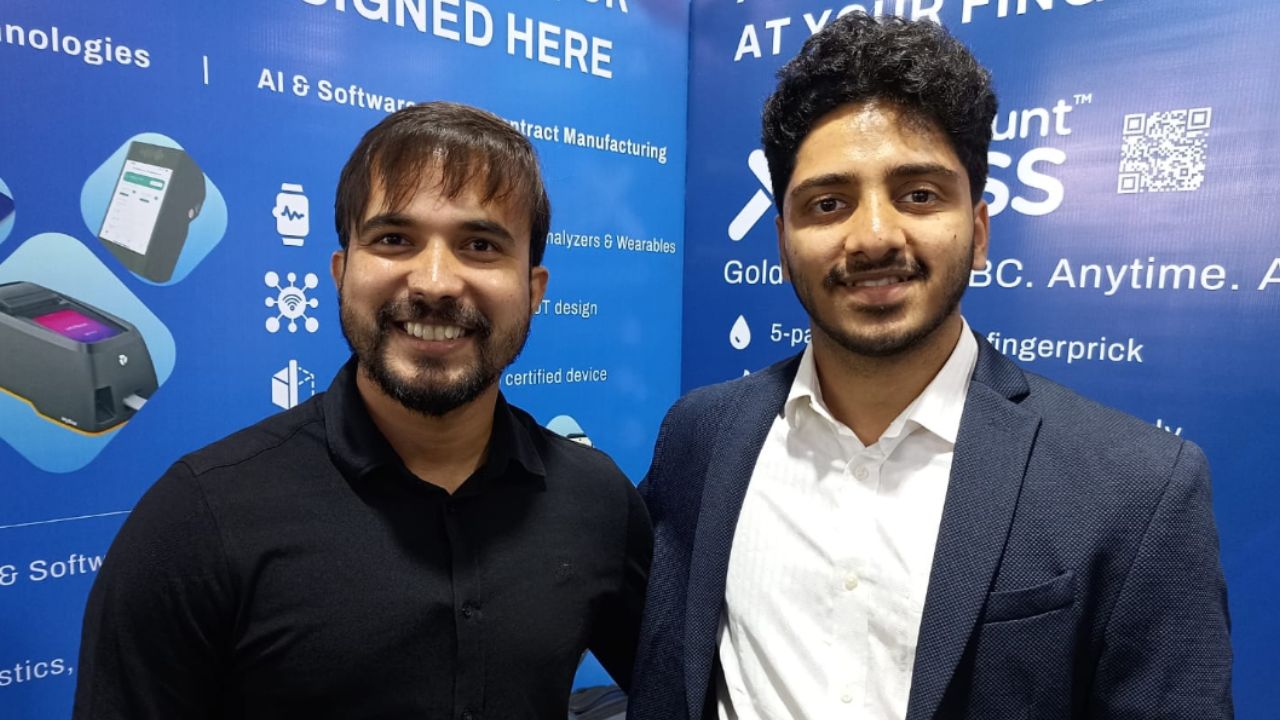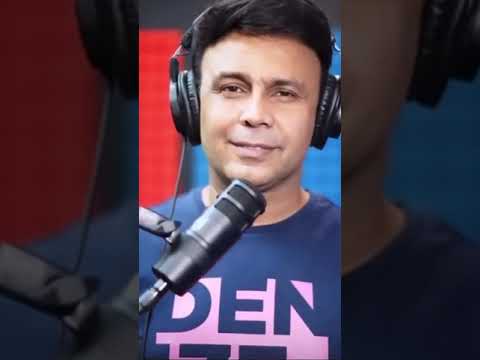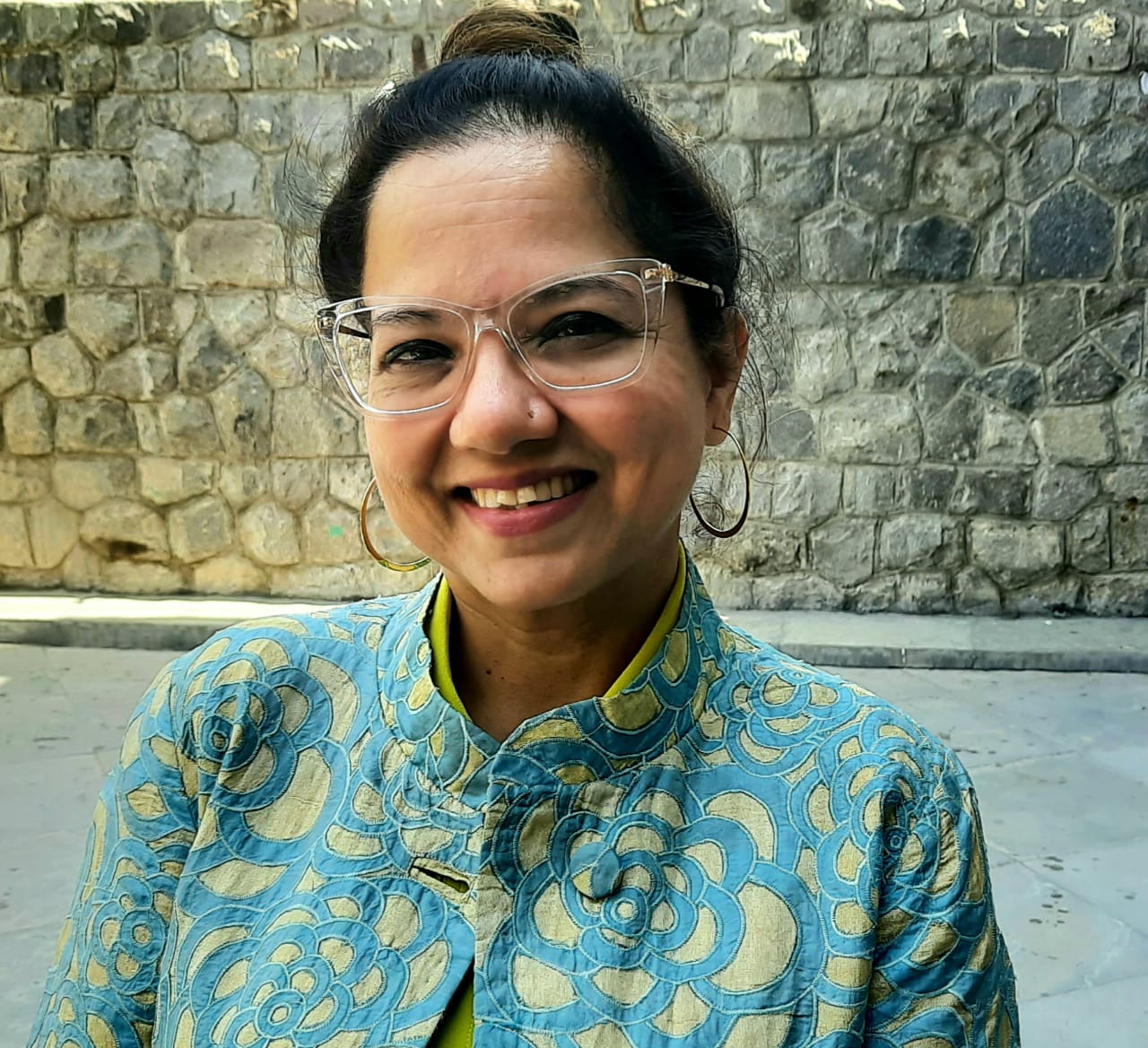Hrishitaa Bhatt ranks among India’s most agile screen artists, epitomizing the voice of women. She graduated from Trinity College, London, then absorbed the nuances of Kathak under the renowned Shiamak Davar. The classical discipline sharpened her poise. Advertisers could not look away. First, she splashed freshness across every billboard as the Liril poster girl. Next, she enchanted music‑video audiences in Aryans’ smash hit “Aankhon Mein Tera Hi Chehra,” sharing the frame with a then‑unknown Shahid Kapoor.
Cinema followed swiftly. Santosh Sivan unveiled her on the big screen opposite Shah Rukh Khan in the historical epic Asoka (2001). Two years later, she seized critics’ praise with a layered turn in Tigmanshu Dhulia’s political firecracker Haasil. The momentum snowballed. She powered Ram Gopal Varma’s taut police thriller Ab Tak Chhappan (2004), explored noir shadows in Charas, and met the storm around Jigyaasa (2006) head‑on. Refusing to accept typecasting, she crossed linguistic borders with ease—delivering lead performances in Bengali, Telugu, Marathi, Punjabi, Urdu, Nepali, and even Persian cinema. Each move widened her artistic orbit.
Television welcomed this versatility in 2018. Doordarshan handed her the reins of the iconic music show Rangoli, and Sunday mornings have sounded richer ever since. She mirrored that cultural stewardship on streaming platforms, headlining ZEE5’s crime sagas Lalbazaar and Chargesheet (2020). Meanwhile, the industry sought her counsel. The International Film Festival of India invited her to its steering committee, and the Venice Film Festival rolled out its storied red carpet for her in 2022 as India’s cultural envoy.
Recently, Sangini Saheli marked its fifth anniversary with a spirited celebration. There, Hrishitaa spoke candidly to The Interview World. She charted India’s journey from tentative whispers of women’s empowerment to today’s unmistakable roar. She observed how society, though slow, realigns once women claim agency. She hailed the rise of heroines who steer plots rather than decorate them. Finally, she applauded OTT platforms for demolishing gate‑kept citadels and letting merit decide destiny.
The exchange crackled with candour and conviction. Here are its most resonant takeaways.
Q: How has the empowerment of women in Indian society evolved over the years, and what key shifts do you believe have driven this transformation?
A: India has always produced remarkable women—even in eras long before our own—but today their momentum feels unmistakable. Media amplifies their stories, and visionary leadership accelerates the shift. Our Prime Minister speaks emphatically about advancing women, and that clear mandate unlocks opportunities across every sector. Encouraging words become catalytic: each woman who was already a quiet warrior now charges forward with renewed conviction. What we discuss as progress today will soon stand as the new normal. In truth, the transformation began years ago; we simply witness it more vividly now—and it will endure.
Q: As women take on more prominent roles across diverse sectors, how do you see society adapting to and embracing this shift?
A: Today’s success story belongs to everyone, yet it resounds most powerfully for women. Sectors once stamped “men only” now showcase female excellence. Trailblazing has shifted from the rare exception to the routine headline. We no longer react with astonishment; we respond with applause.
Not long ago society forced women to confine their ambitions to the household. Now they run homes, lead teams, and chart industries—often all in the same day. That feat alone merits standing ovations. With even a modest boost, a woman expands her reach, masters new arenas, and redefines what the field can be. Watch the horizon: she will soon dominate domains we have yet to imagine.
Q: While Indian cinema has influenced social change, it continues to be dominated by male-led narratives. In your view, what needs to change to ensure greater representation and empowerment of women in the film industry?
A: Women‑led films now fill screens, yet their future rests in audience hands. Viewers must champion these stories. A film thrives only when ticket sales and applause match its craft. When the crowd rewards a well‑made, female‑driven narrative—critically and commercially—producers green‑light more of them.
Therefore, responsibility extends beyond studios or directors; it belongs to every ticket holder. Yesterday, we gathered solely in cinemas. Today, we binge across streaming platforms. This constant appetite for content should include an appetite for women’s perspectives. After all, no story feels complete without a woman at its heart.
Q: Do you believe OTT platforms are providing a fair and meaningful platform for showcasing women’s talent in India?
A: It’s not just a win for women—it’s a win for talent. Over the past few years, the rise of OTT platforms and the evolution of television have finally brought long-overdue justice to the acting world. These new mediums have unlocked opportunities that once felt limited or exclusive. Today, actors—regardless of gender—can explore diverse roles, genres, and formats. The result? Talent finds its stage, and the industry grows richer because of it.









